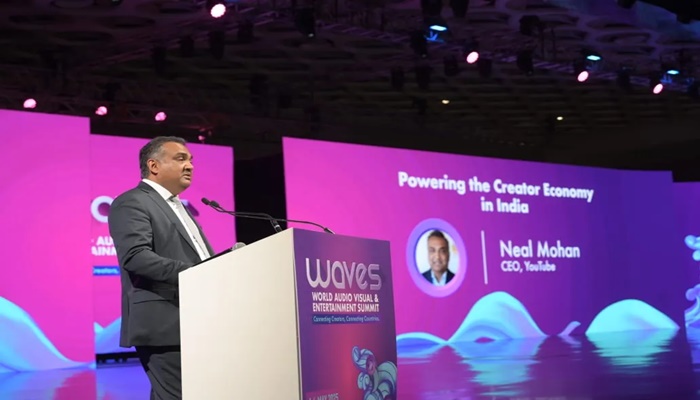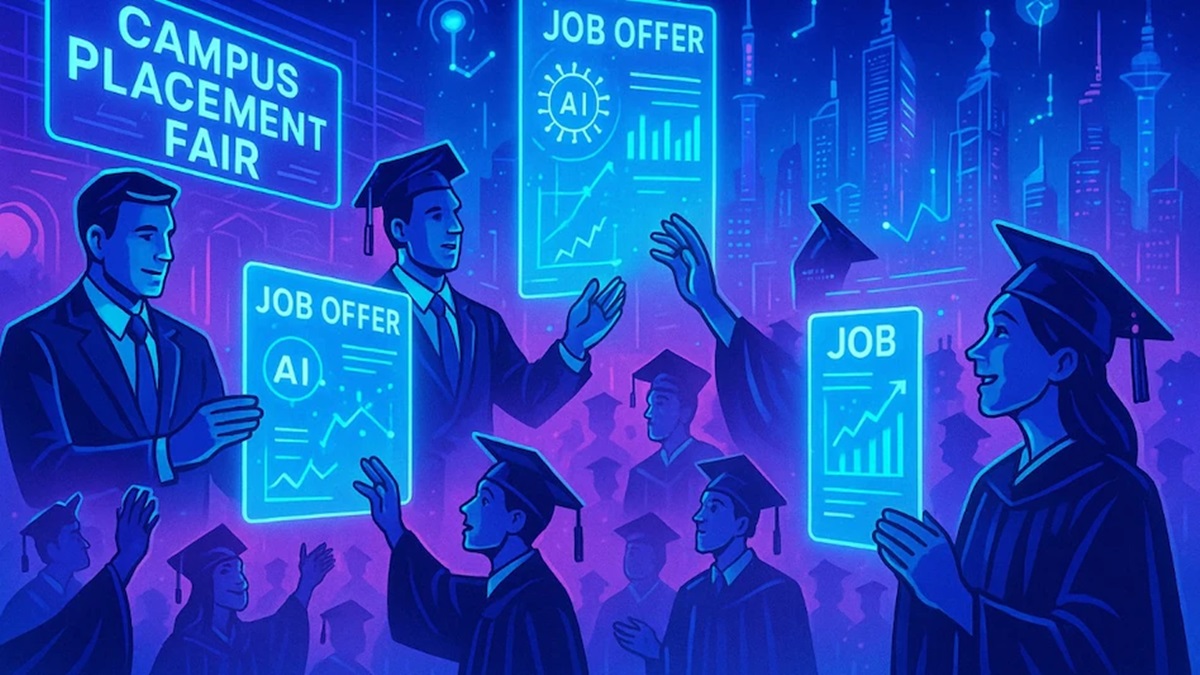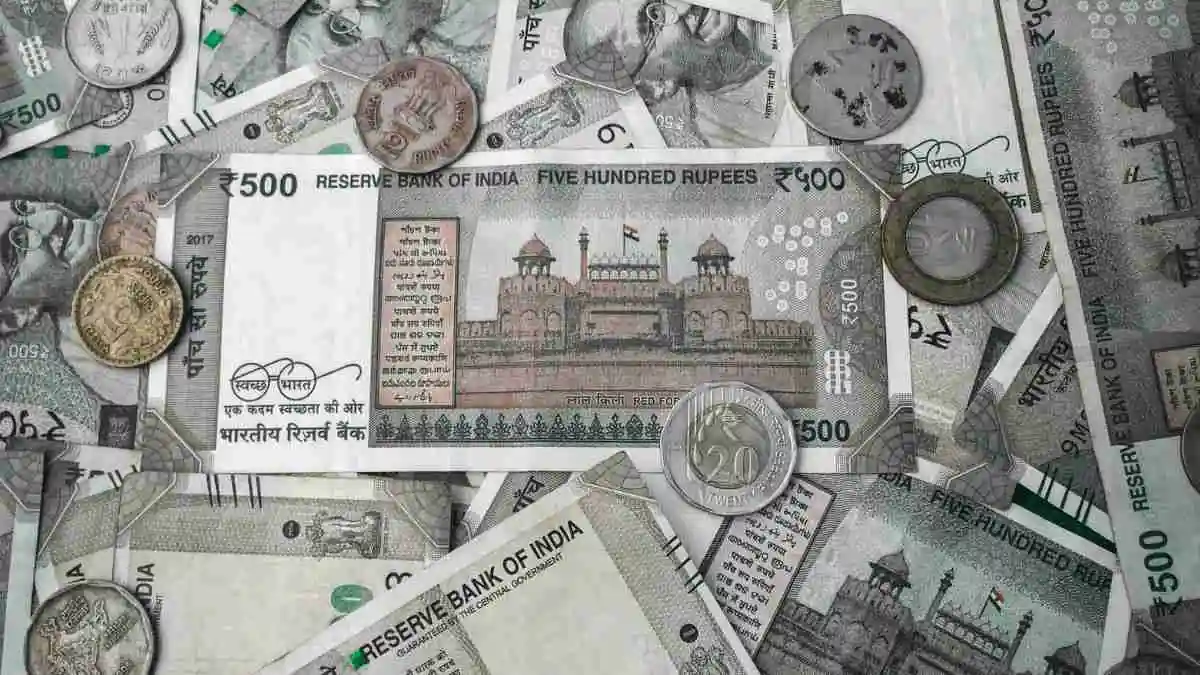What do you get when you mix an elite B-school assignment, a curious MBA student, and a chatbot that never sleeps?
Apparently — an A+.
Yugantar Gupta, a student at IIM Ahmedabad, just cracked open a hornet’s nest on LinkedIn by admitting he used ChatGPT to write a report that scored top grades at one of India’s toughest institutions. But before you roll your eyes, this wasn’t your typical AI shortcut.
Assigned a project on cosmetics, Gupta didn’t turn to Google. He went mall-hopping. From Lifestyle to Forest Essentials, he trailed shoppers, eavesdropped on buying behaviour, peppered salespeople with fake-girlfriend questions, and voice-noted every gritty detail. Back on campus, he fed this raw data into ChatGPT and shaped the AI’s output into a tight, original report — one that stunned his professors.
“In a world where ChatGPT can do better secondary research than you, your only edge is what it can’t access — lived experience,” he wrote. His post went viral.
Applause followed. “AI can accelerate, but human curiosity and initiative are irreplaceable,” said one user. But so did pushback. “You missed the joy of writing, but wrote this post?” quipped another. A deeper critique came from educators: “How do professors fairly evaluate work when AI is allowed but invisible?”
Gupta clarified that detection tools like Turnitin can easily flag unoriginal, AI-generated content. What he submitted, he insisted, was built on human-grounded research. AI didn’t replace the work — it refined it.
The bigger question now looms over every classroom and corporate corridor: If tools like ChatGPT are here to stay, what counts as real effort? Real creativity? Real value?




















